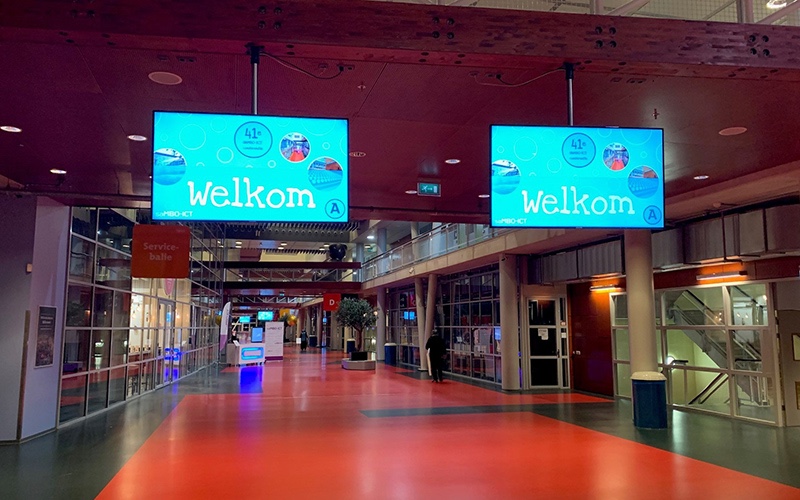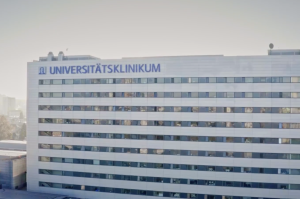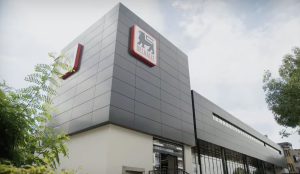Overview & challenge
Aventus, a secondary Vocational Education and Training institute in the Netherlands, operates six campuses with 1,150 instructors and staff. Their main campus is designed to accommodate around 8,000 to 10,000 people and their classrooms are designed for 30 students. Post pandemic, they decided to begin at a capacity of 15 per cent of students and six students per room. Aventus needed to ensure that everyone adhered to the social distancing rules, to facilitate a safe return to campus for these 1,500 students. And thanks to their existing Cisco infrastructure, they did not have to look far. They were able to leverage the technology that they already had in place.
Ensuring campus safety with real-time occupancy monitoring
Just a couple of years before the pandemic, Aventus had deployed a new Cisco network. Hendri Boer, who handles IT infrastructure and cybersecurity at Aventus, deployed Cisco DNA as the core technology that powers their new software-defined infrastructure. Aventus worked with Dutch Cisco partner Axians, to deploy a futureproof network.
When Aventus decided to partially reopen in September 2020, students and staff were subject to strict physical distancing protocols. Aventus didn’t want to have more people than necessary in buildings, especially if their sole purpose was to enforce protocols. The alternative was to go with a solution that automated this monitoring. When they approached Cisco, Aventus was introduced to Spaces, the cloud-based indoor location services platform, that could run on top of their new Cisco network.
“When you start with the right platform, you can pivot to meet unexpected IT challenges in a crisis. Since we’d recently rolled out a new Cisco network, we went back to the Cisco team to see if they had a product that met our needs. Spaces turned out to be a perfect fit. Since we already had licenses for Spaces as part of our overall Cisco DNA package, it was the obvious solution. Because we’d already invested in updating and futureproofing this infrastructure, we were able to activate Spaces at no additional cost.”
– Hendri Boer, IT infrastructure & cybersecurity, Aventus
With Spaces, Aventus receives real-time information about the number of occupants in a building and can view the data at a floor or room level. This is done by establishing the maximum occupancy in areas, to identify hotspots where people gather. The security staff receive push notifications and administrative staff receive weekly and monthly email reports about building activity via Spaces. Thanks to these reports, Aventus was able to discover crowding and take action.
“We created accounts for our security team, our custodial staff, our network engineers, and our administrative staff, and then we rolled out training for Cisco Spaces. The platform is so intuitive that even employees with little or no ICT background took to it quickly. The dashboards are available to all authenticated employees, but we can limit what they see based on the information they need to perform their duties.”
– Hendri Boer, IT infrastructure & cybersecurity, Aventus
“Our students entered classrooms in groups of six, but we noticed that 30–40 of them would gather in a spot every morning before school started. This behavior would not have been discovered by the staff who monitor hallways and common spaces. We spotted it in our daily and weekly Spaces reports. Now we dispatch a security guard to that location to keep people moving,” Hendri shares.
Occupancy monitoring is also helping Aventus take data-driven decisions in campus operations such as housekeeping. Hendri says, “If we see that a sanitation room has seen a lot of traffic over the past hour, we can send in a cleaning crew. We no longer have to rely on anecdotal evidence; Spaces generates reports that provide the proof we need to take action and comply with physical distancing and capacity regulations.”




